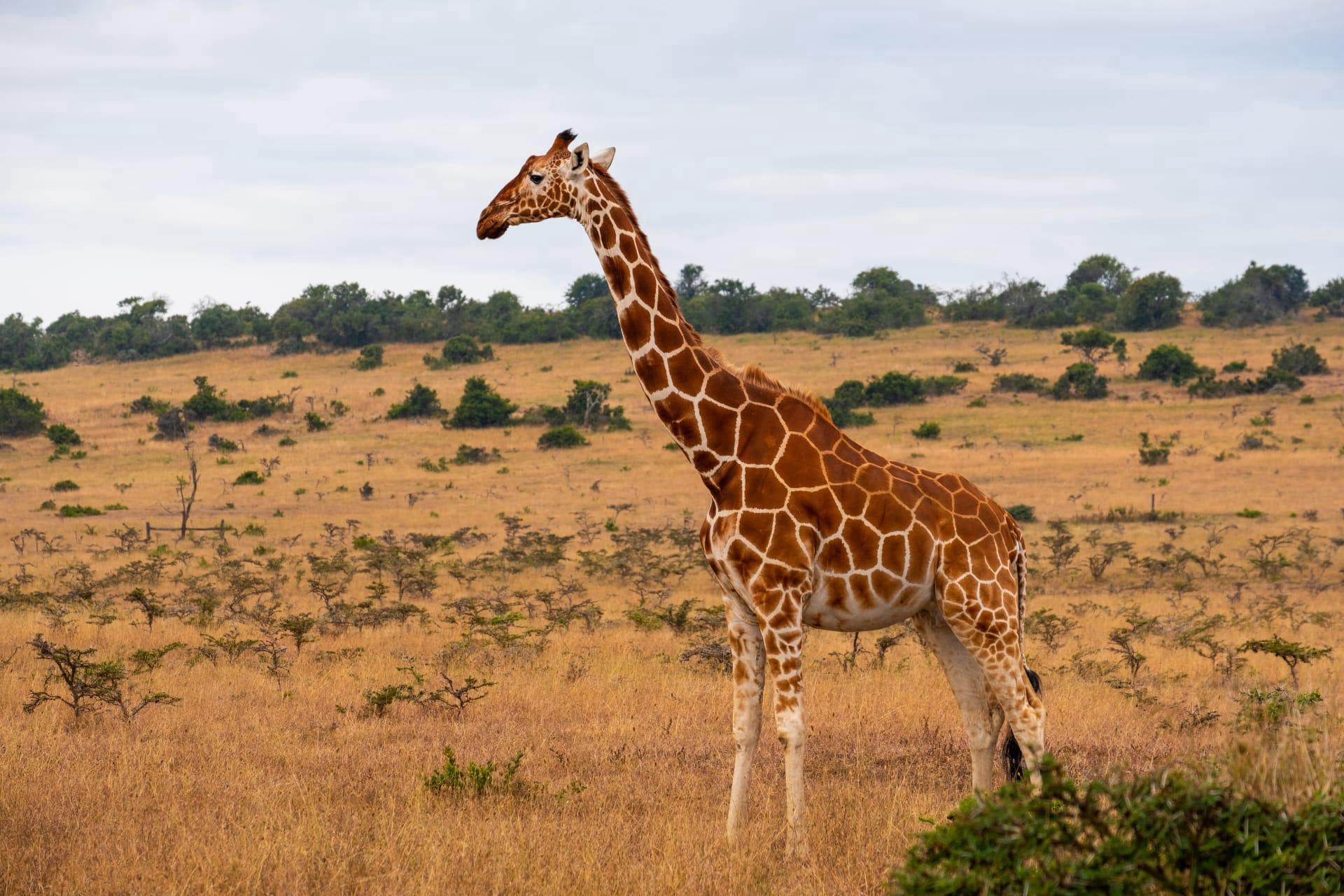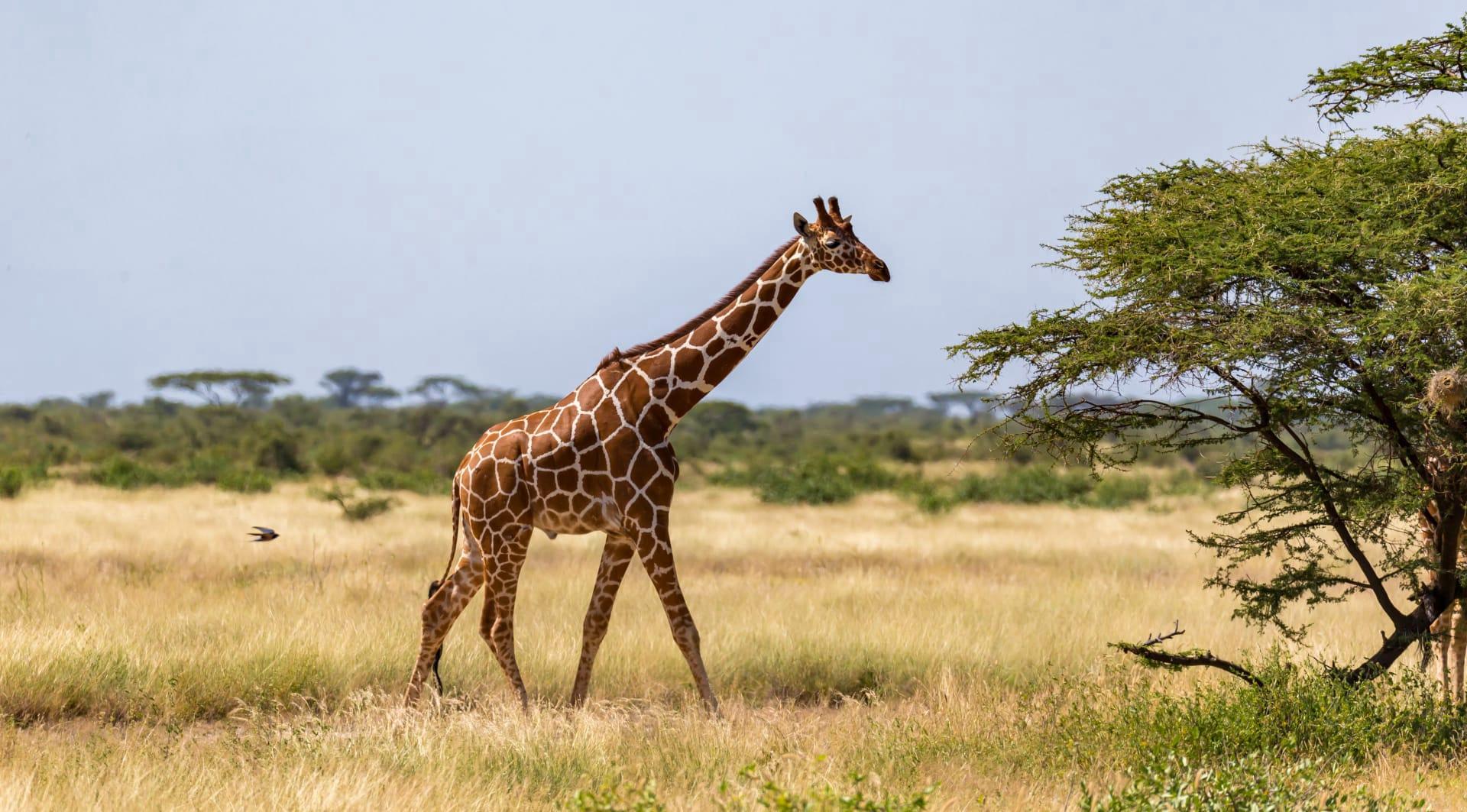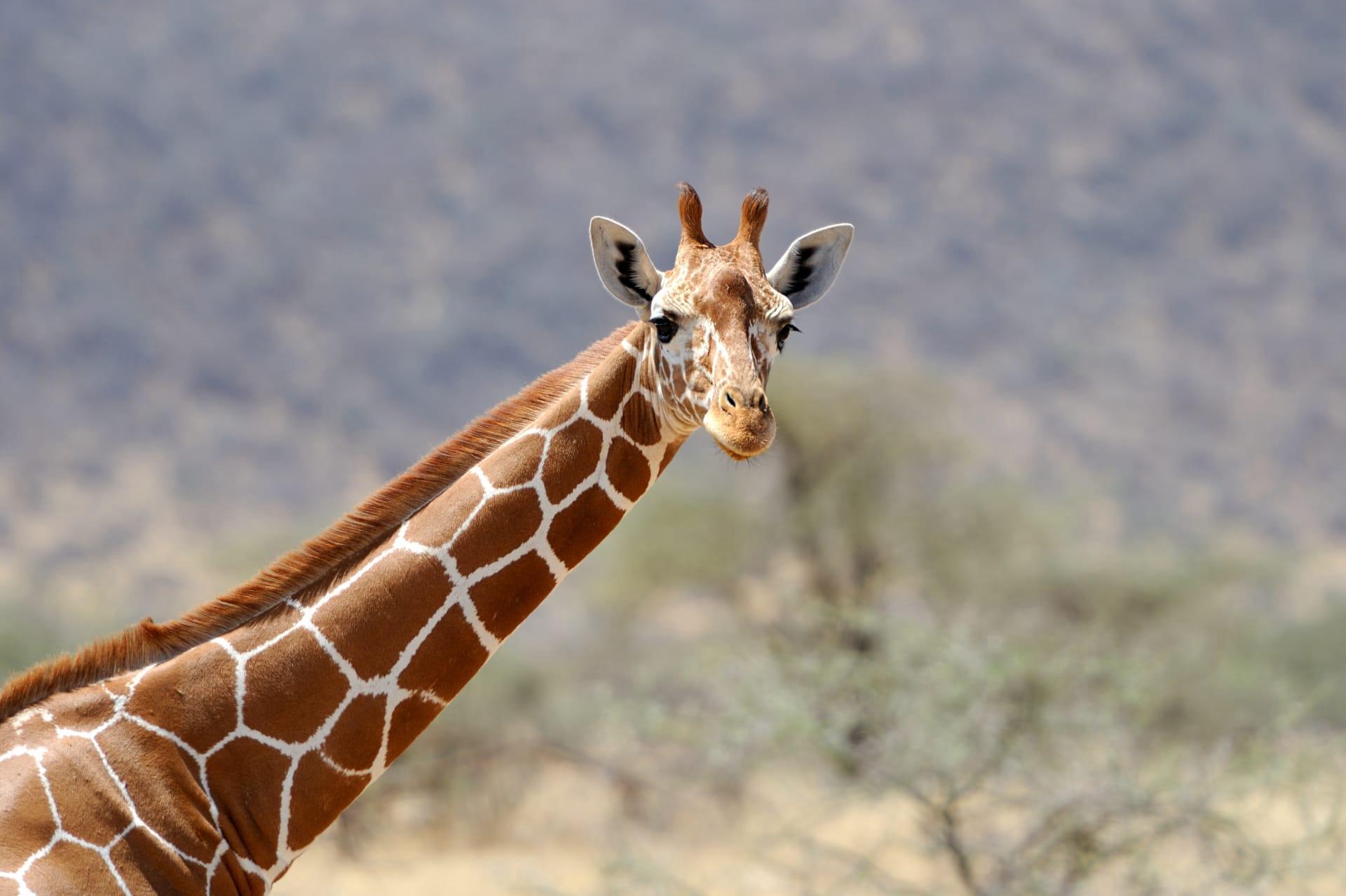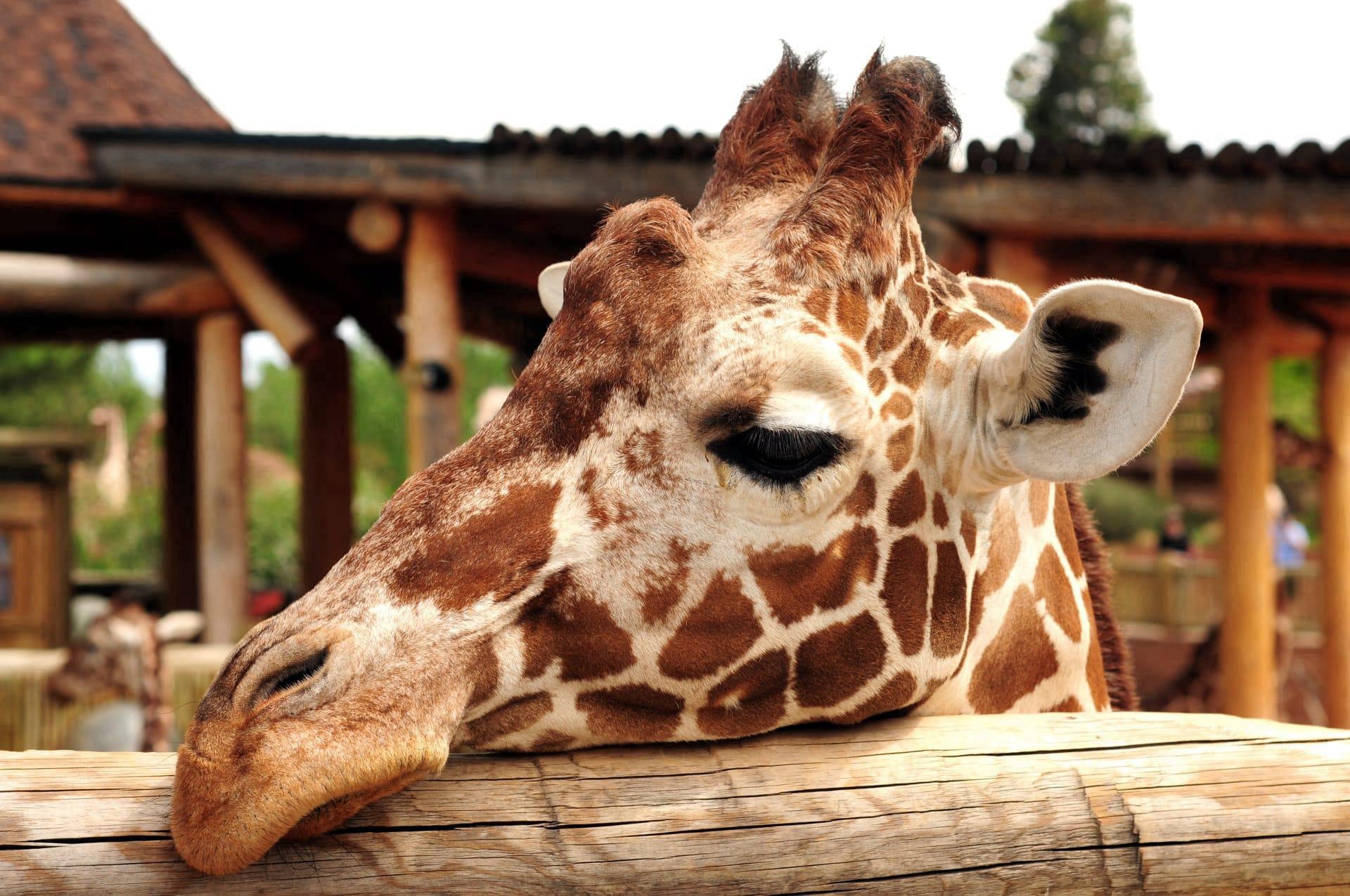Giraffe
- Home /
- Mini Encyclopedia /
- Animal /
- Giraffe
1
Giraffes, the tallest mammals on Earth, belong to the genus Giraffa within the family Giraffidae. This genus has recently been reclassified into four distinct species: the Southern giraffe (Giraffa giraffa), the Masai giraffe (Giraffa tippelskirchi), the Reticulated giraffe (Giraffa reticulata), and the Northern giraffe (Giraffa camelopardalis). Each species is differentiated by their coat patterns and geographic distribution. These majestic animals showcase an incredible diversity in their coat patterns, ranging from the Masai giraffe's jagged spots to the Reticulated giraffe's neatly defined patches.
Giraffes are native to Africa, with their range extending from Chad in the north to South Africa in the south. They predominantly inhabit savannahs, grasslands, and open woodlands. The Northern giraffe roams across East and Central Africa, including countries like Kenya and Ethiopia, while the Southern giraffe is more commonly found in South Africa, Namibia, and Botswana. The Reticulated giraffe's distribution is mainly in Somalia, northern Kenya, and southern Ethiopia. The Masai giraffe, on the other hand, is widespread in central and southern Kenya and Tanzania. Giraffes have adapted to a variety of habitats within Africa, but their populations are dispersed and often isolated due to habitat fragmentation.

2
Question: Do giraffes have the longest necks because they need to reach tall trees for food?
Answer: While it's a common belief that giraffes developed long necks primarily to reach higher leaves on trees, recent studies suggest a more complex reason. Giraffes' necks are indeed useful for foraging at heights inaccessible to other herbivores, allowing them access to a food source with less competition. However, research indicates that the length of the neck also plays a significant role in thermoregulation, helping giraffes to dissipate heat. Additionally, the long neck is an advantage in visual surveillance of predators over long distances. Furthermore, neck length is a critical factor in male giraffes' combat behavior, known as "necking," where they swing their necks to assert dominance and compete for mates.

3
Giraffes have developed unique survival strategies to thrive in their environment. One of their most notable adaptations is their long legs and neck, which allow them to reach foliage at heights of up to 18 feet. This ability gives them access to a food source that few other animals can compete for. Giraffes primarily eat leaves, particularly from the acacia tree, which is abundant in their habitat. Their long, prehensile tongues, which can be up to 45 cm long, help them maneuver around the acacia's thorny defenses to reach the nutritious leaves.
Another fascinating survival strategy of giraffes is their water conservation technique. Giraffes can go for extended periods without water, as they get most of their moisture from the leaves they eat. This adaptation is crucial in arid environments where water is scarce. Additionally, giraffes have a specialized circulatory system with a powerful heart, which is necessary to pump blood up their long necks to their brains. This system includes unique valves to prevent blood from rushing to their heads when they bend down to drink.

4
In their ecosystem, giraffes play a pivotal role in maintaining the balance of their habitats. As mega-herbivores, they help shape the landscape by pruning trees, which promotes new growth and diversifies plant life. This pruning also benefits other herbivores who feed on lower vegetation. Their browsing activity can alter the structure of woodlands, sometimes leading to more open areas, which can benefit certain wildlife species.
Giraffes also serve as important pollinators and seed dispersers. While feeding on tree flowers, they inadvertently transfer pollen from one tree to another, aiding in plant reproduction. When they consume fruits, the seeds are often dispersed through their feces across great distances. This helps in the propagation of various plant species, contributing to the biodiversity of their environment. Moreover, giraffes are indicators of healthy ecosystems; their presence often signifies a well-balanced environment with sufficient resources to support large herbivores.

5
Film: "The Last Giraffes" is a compelling documentary from the United States, released in 2020. It offers an intimate look at the challenges giraffes face in the wild, including habitat loss, poaching, and the impact of climate change. The film follows conservationists working tirelessly to save these gentle giants, offering insights into their behavior and the urgent need for conservation efforts.
Book: "Giraffe Reflections" is a fascinating book published in the United States in 2013 by author Dale Peterson. It offers a blend of natural history and vivid photography, providing a comprehensive look at the giraffe's biology, behavior, and the threats they face in the wild. Peterson's engaging writing paired with stunning images makes this book both informative and visually captivating.
Book: "Tall Blondes" by Lynn Sherr, published in the United States in 1997, offers an in-depth exploration of giraffes. Sherr combines scientific research with personal anecdotes to create a compelling narrative. The book delves into the giraffe's evolutionary history, unique physiology, and their place in culture and mythology, making it a comprehensive and engaging read for anyone interested in these majestic creatures.